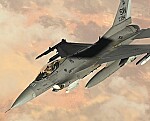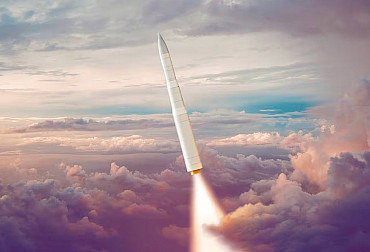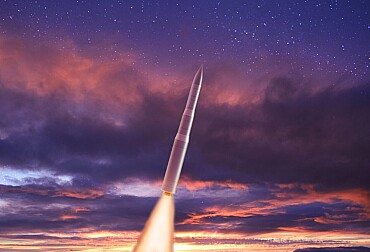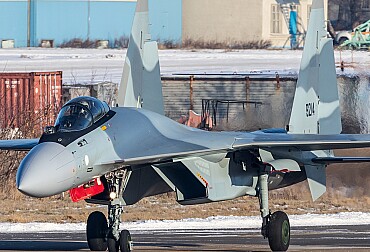China’s strategic shift: Upgrading military tactics for drone warfare
China has been making significant advancements in military technology, particularly in the realm of drone warfare. By leveraging lessons learned from recent global conflicts and integrating cutting-edge innovations, the country is positioning itself as a formidable player in modern military strategy. These developments mark a strategic pivot for the People’s Liberation Army (PLA) and reflect a broader focus on modernizing armed forces.
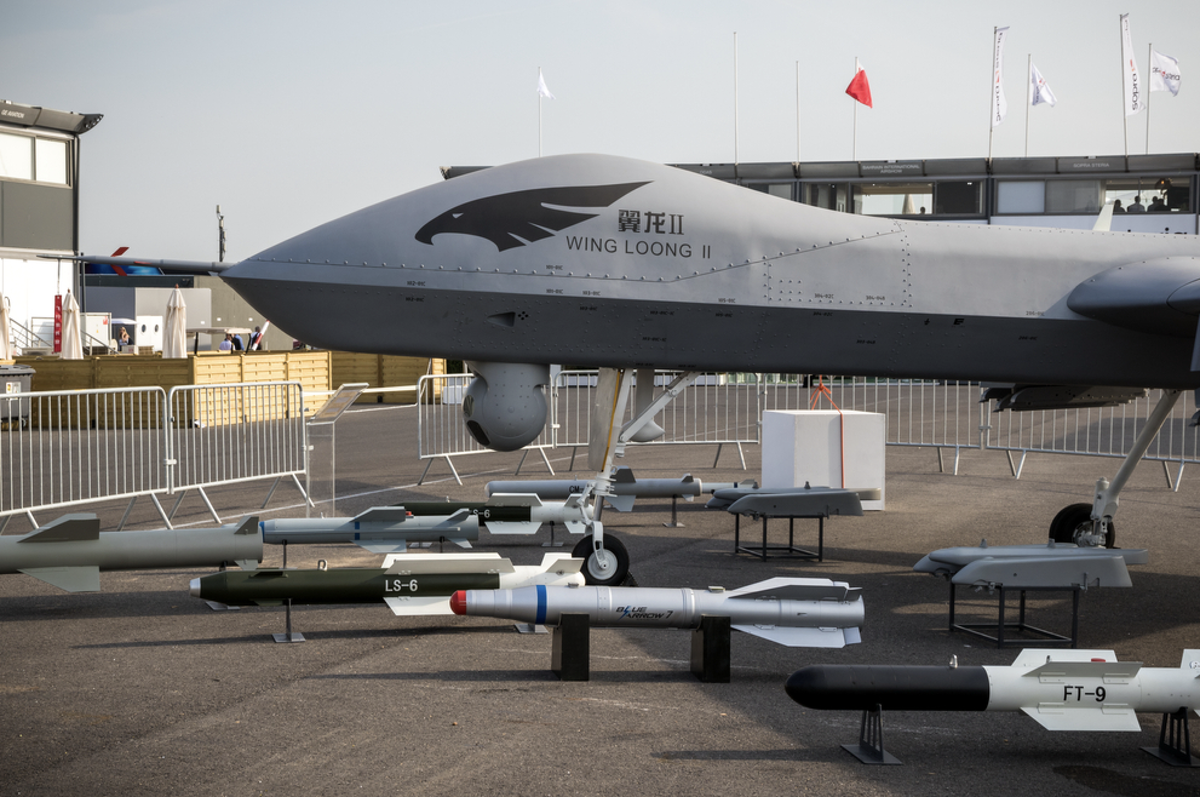
Adoption of Advanced Drone Tactics
The PLA has incorporated advanced First-Person View (FPV) drones into its arsenal. These drones, modeled after the latest trends in global warfare, provide operators with enhanced situational awareness and precision. With the ability to conduct both reconnaissance and offensive missions, FPV drones offer the PLA a significant tactical advantage. Such capabilities allow for precision strikes, even in challenging operational environments, making them an integral component of China’s modern warfare strategy.
Development of Specialized Drone Weaponry
Chinese scientists have recently unveiled an automatic rifle designed specifically for drones. This firearm, chambered for 7.62mm rounds akin to the AK-47, features minimal recoil to ensure stability during aerial deployment. By equipping drones with such weaponry, the PLA is enhancing their versatility in combat scenarios. These drones can now execute a broader range of missions, from tactical strikes to crowd control, thus redefining the scope of unmanned combat systems.
Advancements in Swarm Drone Technology
China’s development of swarm drone technology marks another milestone in its military evolution. Researchers have introduced multi-functional swarm drones capable of mid-air separation. Inspired by mechanisms found in nature, such as the dispersal of maple seeds, these drones can split into smaller units during flight. This capability enables them to adapt to complex combat scenarios, potentially overwhelming enemy defenses with their agility and multiplicity. Swarm technology could serve as a game-changer in scenarios requiring both reconnaissance and direct engagement.
Enhancements in Anti-Drone Measures
To address the growing threat posed by drones, the PLA has also upgraded its defensive systems. Lessons from the conflict in Ukraine have driven the development of advanced anti-drone artillery systems. These modifications aim to counter commercially available drones, which are often employed for surveillance or targeted strikes. By bolstering its defenses, China ensures that it can effectively neutralize aerial threats, maintaining a strategic edge on the battlefield.
Strategic Implications
China’s emphasis on drone technology demonstrates its commitment to staying ahead in the global arms race. By integrating advanced offensive and defensive capabilities, the PLA is better equipped to manage both traditional and asymmetric threats. The modernization of its drone arsenal—ranging from weaponized UAVs to swarm technologies—underscores China’s focus on leveraging technology to gain a tactical advantage.
These advancements also highlight a shift in the nature of military power in the 21st century. As drones play an increasingly pivotal role in achieving strategic objectives, China’s innovations reflect the growing importance of unmanned systems in global military doctrine. With these developments, the PLA is poised to redefine the future of warfare, solidifying its position as a leader in military modernization.
Conclusion
China’s ongoing efforts to upgrade its military tactics for drone warfare signify a profound transformation in its approach to modern conflict. From advanced FPV drones to innovative swarm technologies and tailored weaponry, the country is setting new standards for unmanned combat systems. As the global military landscape continues to evolve, China’s investments in drone warfare will likely shape the strategic and tactical paradigms of future conflicts.




